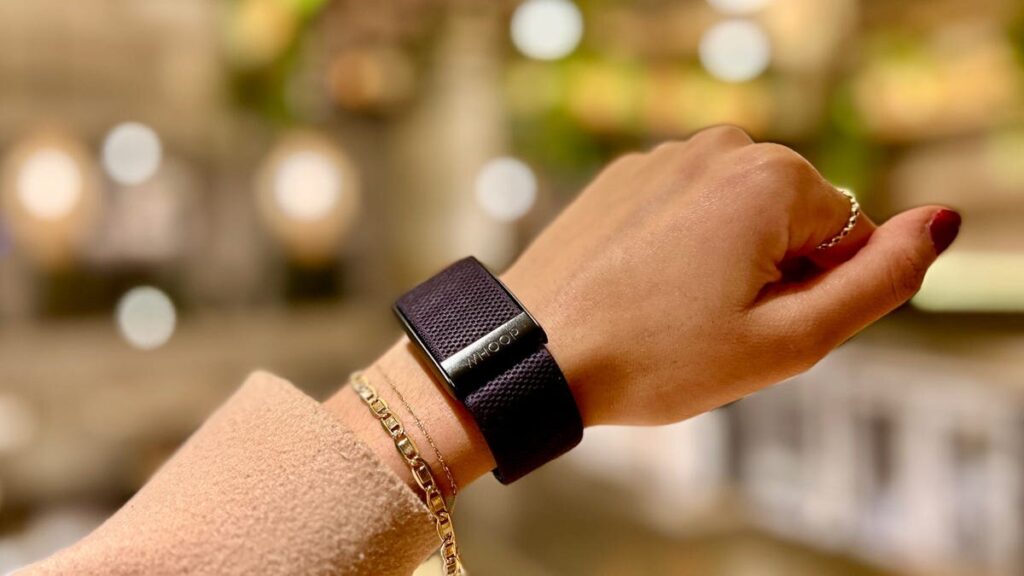Whoop’s distinguishing design sets it apart in a crowded market of fitness devices—it opts for a sleek, screenless band, a concept that has captured the attention of elite athletes globally. With endorsements from sports icons like LeBron James, Patrick Mahomes, Tiger Woods, and Michael Phelps since its debut in 2020, the WHOOP 4.0 has carved out a place for itself among those who are serious about fitness and athletic performance.
The introduction of Whoop Coach in September of last year marks a significant leap forward, integrating GPT-4 supported chatbot technology to transform how users interact with their fitness data. This feature aims to demystify complex biometric readings, empowering users of all levels to make informed decisions about their health and wellness. As users engage this coach, they have the opportunity to receive tailored advice on metrics such as sleep activity, daily strain, and recovery patterns, thus facilitating effective self-care strategies.
While the data’s initial complexity may be daunting, the responsiveness of Whoop Coach seeks to offer clarity in an intuitive manner. The dynamic interaction with the AI resembles conversing with ChatGPT, providing users with an interactive, informative, and comprehensible experience from the moment they launch the app.
The practical utility of this technology was evident in instances where the system accurately interpreted a low recovery score, offering a personalized evaluation that took into account a night of poor sleep and physical stress, followed by clear recommendations on how to recuperate. This level of feedback empowers users to proactively manage their health.
Available at a subscription rate of $30 per month or a one-time annual fee of $239, the WHOOP 4.0 itself is complimentary in its classic black variant. As an investment in health, the Whoop 4.0 facilitates a deeper understanding of the interplay between physical and mental exertion and recovery, making it a valuable companion for committed health enthusiasts.
However, for those at the outset of their fitness endeavors who seek basic health metrics like heart rate and step count without the intricate data insights—and prefer a lower price point—alternative wearable options exist in the market. These provide a broad array of functionalities while keeping simplicity and cost-effectiveness in mind.


